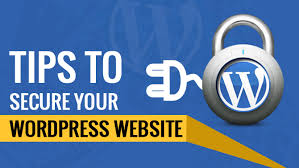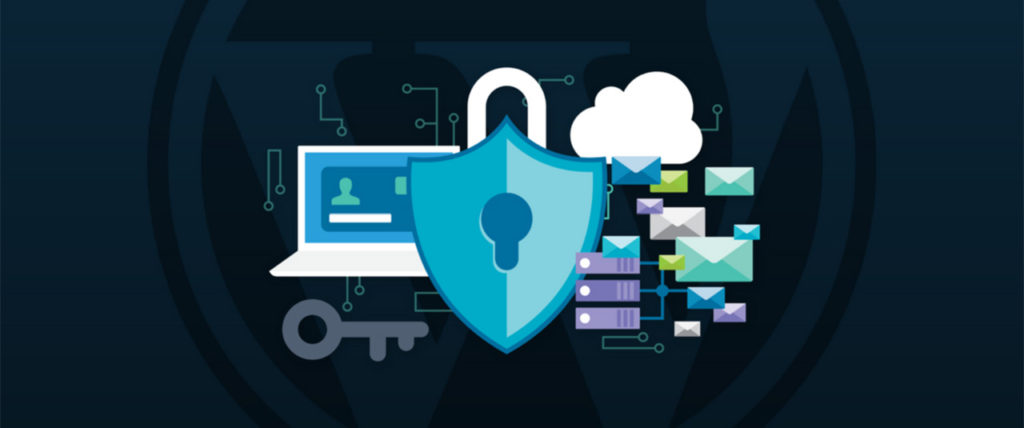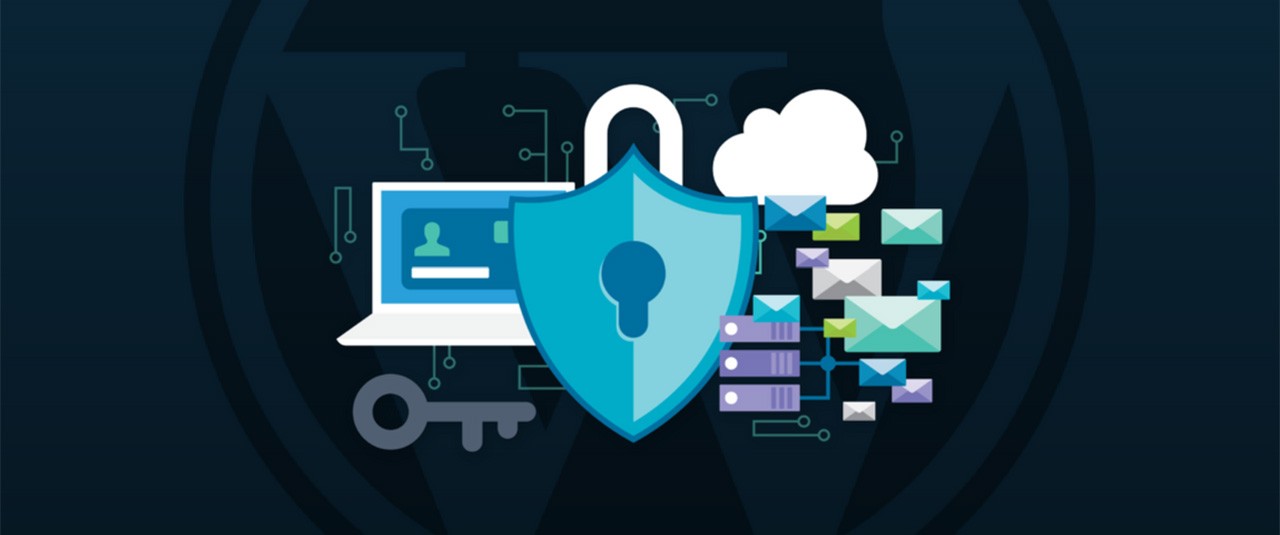
When you have a WordPress site, there are plenty of design elements to concern yourself with, but it’s important to make sure you also give your site the proper security protections. A whopping 26 percent of all websites online are powered by WordPress, which makes the CMS a prime hacker target.
Since WordPress is an open source script, it can be pretty weak to different attacks, but at the same time as a site owner, there are plenty of things to protect yourself and your users.
Keep Your Site Up-To-Date
If you have a WordPress site, you’ve probably seen the Update Available alert on your login page, but if you’re like most of us, you may have also ignored it. However, it’s such a small thing that can go a long way in making sure your site is as secure as possible.
If you’re worried about updating messing something up on your site, make sure you do a backup beforehand.
You need to update anytime it’s available because an out-of-date WordPress site is a vulnerable site. Also, when you’re updating, consider not only the core of your site but also any themes and plugins.
Use a Secure Email Server
If people provide you with their email information or you contact your customers or site visitors through email, make sure you’re using a secure email server.
Look for options that not only do things like block spam but also provide you with multi-layered protection. It’s important for your security and also to protect the people who visit your site and rely on you to keep them secure as well.

Use 2-Factor Authentication
It can be pretty easier for hackers to figure out how to log in on the admin side to a WordPress site, but there are some things you can do to make this less likely including the use of 2-factor authentication at your login page. This ensures that users provide two different login detail components and it can go a long way in terms of overall security for your site.
You might also want to rename your login ID. The default WordPress login page is usually wp-login.php or wp-admin at the end of the main URL of a site. You can try to avoid a break-in by changing the address of the login page to something else.
Also, as one extra note here, don’t use admin as your username.
Be Careful With Plugins
The availability of plugins is one of the best features of using WordPress, but can also leave you more vulnerable to attacks, First, go ahead and remove any plugins you don’t use. Also, try to be strategic when you start using a new plugin and don’t integrate it unless you absolutely need it. When you’re choosing plugins, make sure you never download them from a source you don’t know.
Finally, while the importance of updates was touched on above, you can make WordPress security easier for yourself by automating your core updates. This is ideal since it is a recurring process, and you can do the same with your themes and plugins as well.





